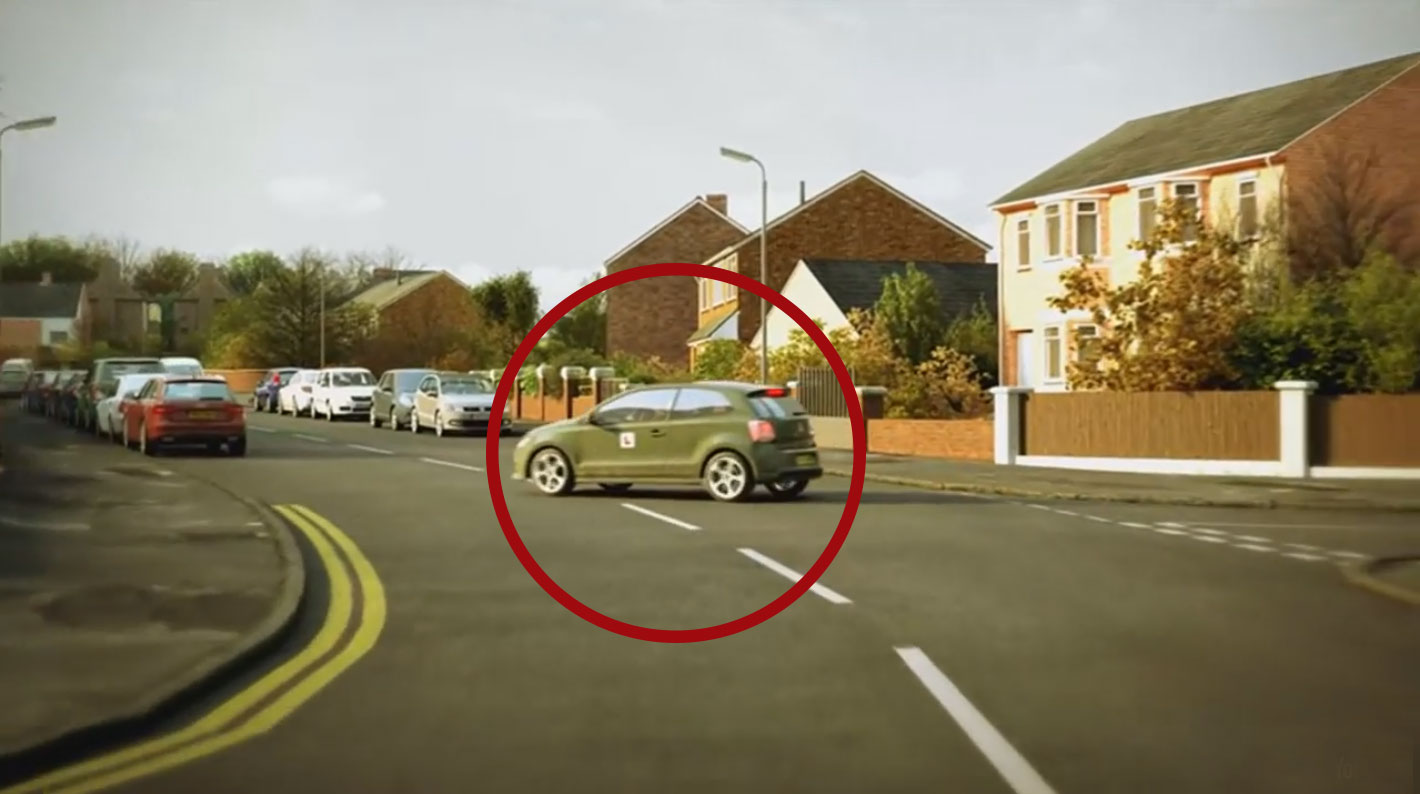

You’d need to slow down, so it’s now a developing hazard.” When you get closer, the car’s right-hand indicator starts to flash and it starts to move away. It wouldn’t cause you to take action, so it’s not a developing hazard. “A car is parked at the side of the road and isn’t doing anything. The DVLA defines a developing hazard as ‘something that would cause you to take action, like changing speed or direction.’ They then give the following example: Randomly clicking on the screen and hoping won’t get you very far, so this bit is vitally important.

Our first tip should be an obvious one – understand what developing hazards are, and what they look like. Related Article: HGV Licenses Or LGV Licenses – What’s the Difference? Study Developing Hazards Related Article: 4 Tips To Help You Pass Your HGV Theory Test First Time Today, we wanted to bring you 5 tips to help you through your hazard perception test. One of the videos contains two developing hazards. In 18 of those videos, there is one developing hazard that the candidate is expected to identify as quickly as possible. Testing the ability to perceive developing hazards involves 19 videos viewed on a computer screen. Hazard perception makes up the second part of the two-part exam candidates must score at least 67 to pass it. So today, we thought we would address the hazard perception portion of the HGV theory test.


 0 kommentar(er)
0 kommentar(er)
